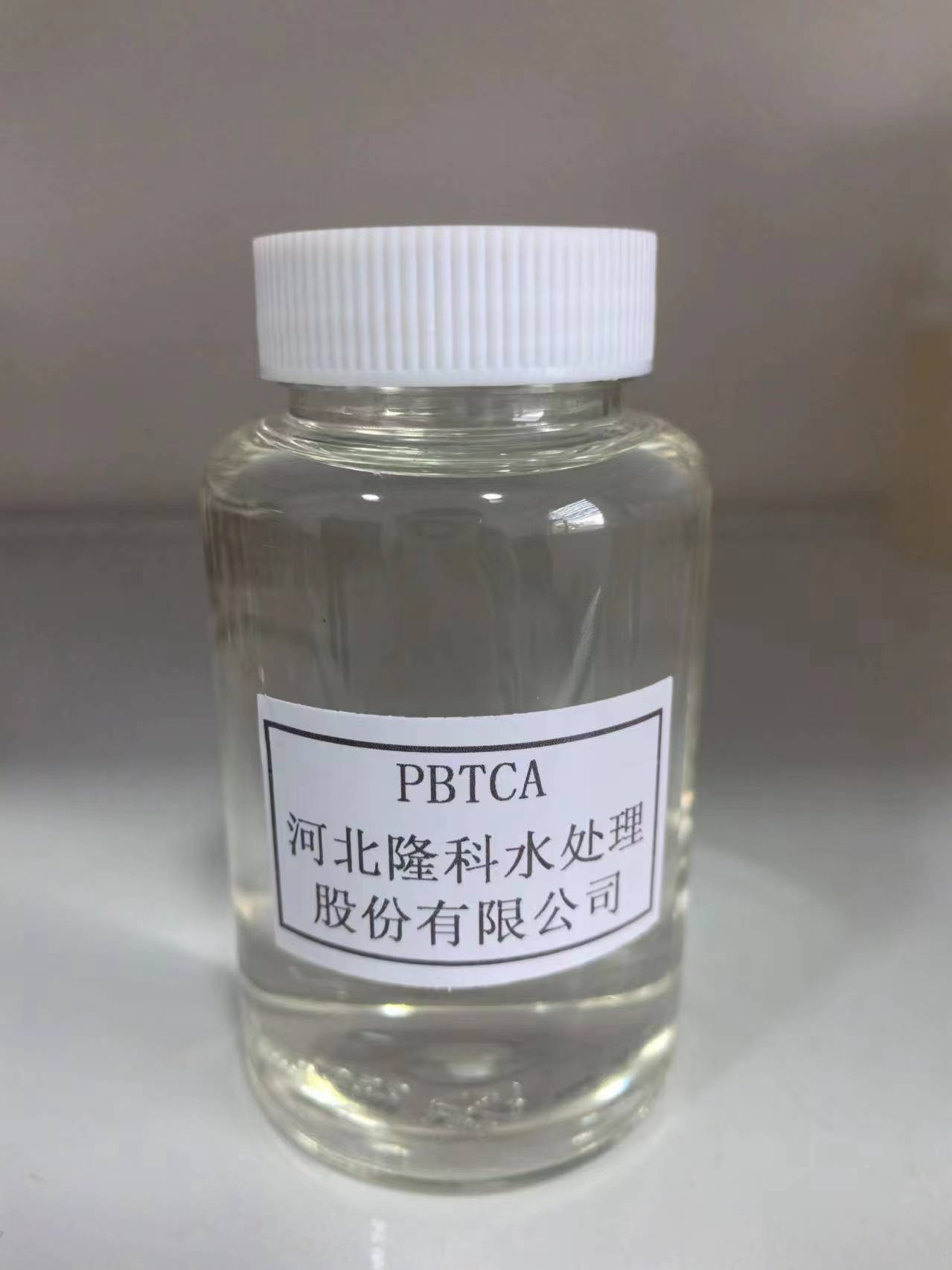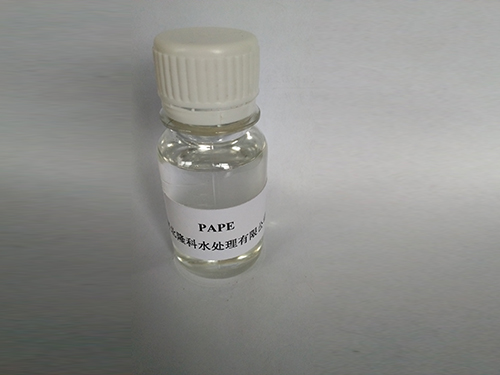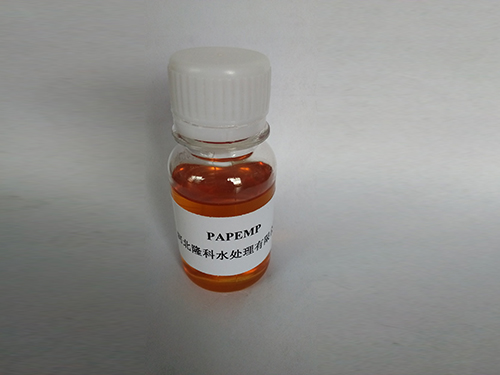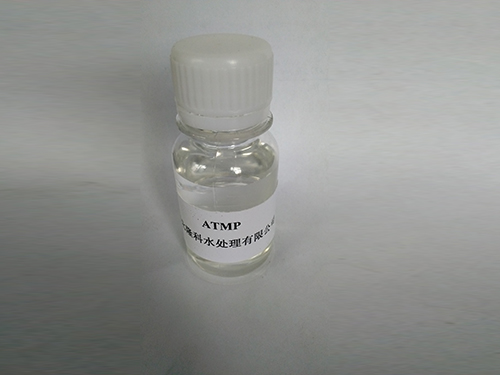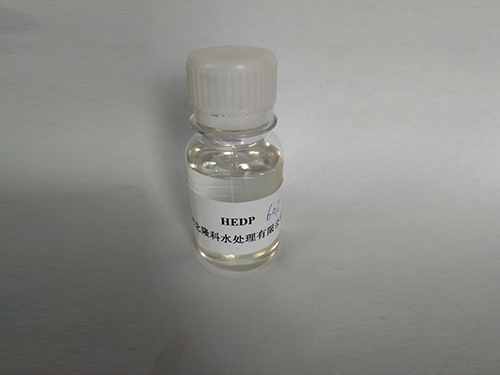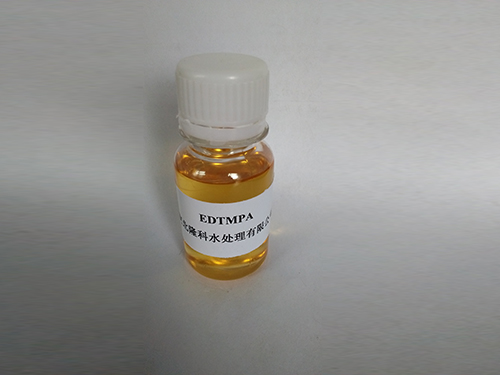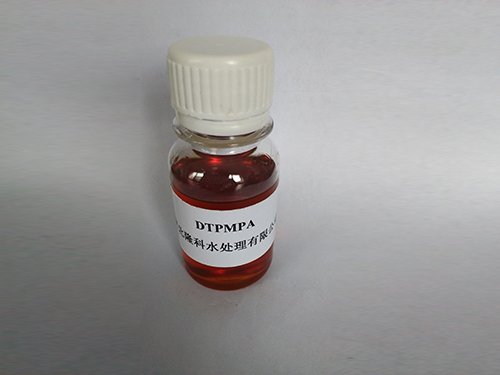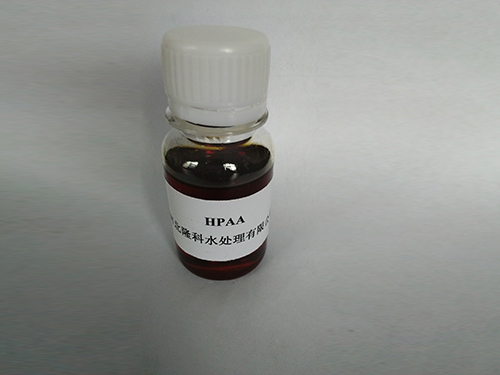
CAS No. 181828-06-8,35608-40-6 Molecular weight: 1000-5000
Molecular Formula: C4H5ʻAʻOLE3M(C4H4ʻAʻOLE3M)m(C4H4ʻAʻOLE3M)nC4H4ʻAʻOLE3M2
Hui Pū ʻIa:

Nā waiwai:
PASP He ʻano mea biopolymer, nona nā molekala i loaʻa ka nui o ka pilina amid, carboxyl a me nā pūʻulu hana ʻē aʻe. Loaʻa i ka pilina peptide Amido ka hana biological a me ke kūpaʻa kemika kiʻekiʻe, paʻakikī e decompose i ke kiʻekiʻe wela; Hiki i ka hui carboxyl ke paʻakikī me nā iona metala he nui i ka wai, e hana ai PASP loaʻa i ka hana kemika kiʻekiʻe i loko o ka hoʻonā wai; i loko o kēlā me kēia hui hale o PASP, hiki i ka oxygen a me ka naikokene nā mana hiki ke hana maʻalahi i nā paʻa hydrogen me nā molekele wai, he hydrophilicity maikaʻi a me ka solubility wai. ʻO ka hana molekala kūikawā o PASPe hōʻoia i ka hiki ke hoʻopuehu maikaʻi, nā waiwai inhibiting corrosion, biodegradability maikaʻi a me nā hiʻohiʻona pili kaiapuni.
Hōʻike:
| Nā mea | Papa kuhikuhi |
|---|---|
| Ka nana aku | Melemele a umber wai |
| Maʻiʻo paʻa % | 40.0 min |
| ʻO ka mānoanoa (20 ℃)g/cm3 | 1.20 min |
| pH(1% water solution) | 9.0-11.0 |
Hoʻohana:
Wahi a nā paona molekala like ʻole o PASP, hiki ke hoʻohana ʻia i ka mālama wai, ka mahiʻai a me ka ulu lāʻau, ka hoʻohana ʻana i ka aila, nā mea holoi a me nā māla ʻē aʻe.
I. Hana wai
-
PASP has characteristic of polyanion surfactant, which can be chelated with magnesium, copper, iron, cobalt and other polyvalent metal ions after hydrolysis. It has excellent scale inhibition and dispersion properties. As scale and corrosion inhibitor, PASP is widely used in industrial circulating water, boiler water, reverse osmosis water, oil recycled water, desalination water treatment, especially for water treatment systems of high hardness, high alkalinity, high pH and high concentration.
-
PASP has good scale inhibition on CaCO3, hihia4, BaSO4,Ca3(PO4)2 , etc..
-
PASP is an alternative of phosphor-containing Water Treatment Chemicals and has better scale inhibition effects. PASP can avoid eutrophication and second pollution in water system.
II. Mahiai a me ka ululaau
-
PASP can be used as fertilizer synergist in agriculture. Adding it into urea can improve fertilizer efficiency by 20-40% and reduce the fertilizer dosage;
-
Adding PASP in the production process for fertilizer can increase fertilizer granulation level, increase the number of standard particles to 97%, thereby enhancing the rate of finished products and reduce loss;
-
PASP can improve the nutrient absorption of grain, vegetable, melon and fruit, and flowers, promote root growth, increase crop yields, enhance plants and its stress resistance;
-
PASP can be used with phosphorodithioate and other pesticides to enhance pesticide effect, crop yields and improve crop quality;
-
PASP can form complex with heavy metals in the soil, displace heavy metals from the soil, in order to achieve the purpose of restoration of soil pollution.
III. Hoʻohana ʻaila
-
PASP can form chelation with calcium, magnesium, copper, iron and other metal ions to attach to the metal surface of the container to prevent metal corrosion. It is an excellent corrosion inhibitor, especially for preventing oil pipeline corrosion caused by carbon dioxide;
-
PASP with molecular weight around 10000 can reduce fluid viscosity. In bentonite mud, when the dosage of PASP is 0.4%, the viscosity reduction rate can be over 70%;
-
He kū'ē maikaʻi i ka paʻakai a me ka calcium;
IV. Nā mea holoi holoi
-
PASP has characteristics of anionic surfactant and good chelation, dispersion properties. It can soften water, dispersing, anti-fouling, and prevent re-contamination of the greasy dirty off the clothes during the washing process;
-
Hiki ke hoʻopili ʻia ma ka ʻili o ka meaʻai, pale i ka mouldy, ka hopena i ka hopena hoʻomaʻemaʻe maikaʻi. He mea koʻikoʻi ia o ka holoi holoi kīʻaha no ka hoʻomaʻemaʻe ʻana i nā ʻili paʻakikī;
V. Nā noi ʻē aʻe
Ma muli o kona hoʻopuehu maikaʻi ʻana i nā puʻupuʻu inorganic a me nā mea kūlohelohe, PASP has been applied with different degree in pharmaceuticals, pigments, paints, leather, inorganic chemicals, oilfield chemicals and other fields.PASP is called "third-generation polyurea", it can be used to produce protective coatings of high weather resistance, high resistance to chemical corrosion, fast-curing paint, and applied directly to fast curing coatings on the metal substrate and industrial flooring, etc., ; it can be used in the tanning process as tanning agents, produces biodegradable leather; pharmaceutical carrier material made from PASPhas been widely used in family planning, anti-tumor drugs making etc.
Pūʻolo a me ka waiho ʻana:
200L pahu pahu, IBC(1000L), koi 'kumu. Mālama ʻia no ʻumi mahina ma kahi lumi malu a me kahi maloʻo.
Palekana palekana:
ʻO ka PASP he alkaline, e hoʻolohe i ka pale hana i ka wā e hana ai, e pale i ka pili ʻana me ka ʻili, nā maka, a me nā mea ʻē aʻe, holoi me ka wai nui ma hope o ka hoʻopili ʻana.
Nā huaʻōlelo like:
PASP; Paʻakai Sodium o Polyaspartic Acid; Sodium PASP; polyaspartate; Paʻakai Sodium o Polyaspartic Acid (PASP)
Paʻakai Sodium o ka ʻakika Polyaspartic (PASP)







